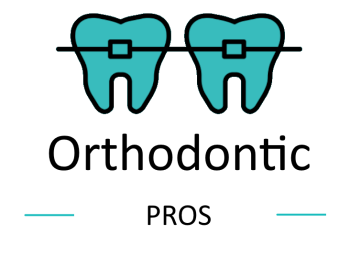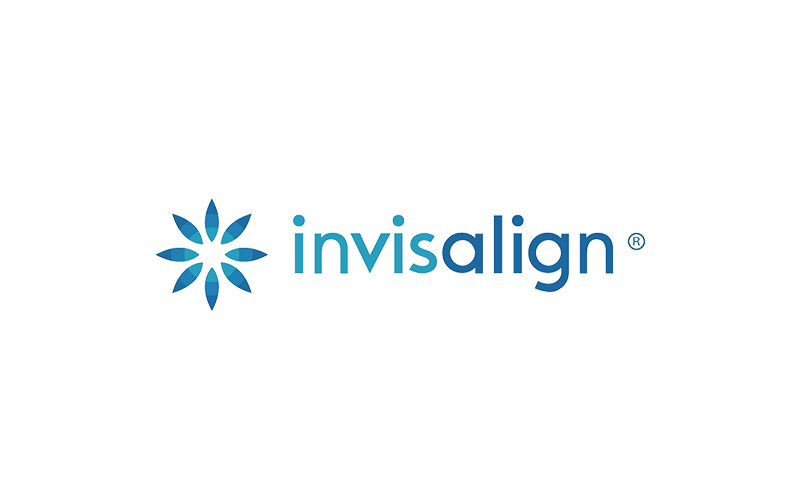Table of Contents
 Do you struggle with an open bite, where your upper and lower teeth don’t meet when you close your mouth? An open bite can affect your smile’s appearance and oral function. Discover the causes, potential consequences, and available treatment options for an open bite to restore proper alignment and achieve a healthier, more confident smile.
Do you struggle with an open bite, where your upper and lower teeth don’t meet when you close your mouth? An open bite can affect your smile’s appearance and oral function. Discover the causes, potential consequences, and available treatment options for an open bite to restore proper alignment and achieve a healthier, more confident smile.
Individuals with an open bite have a dental condition where the front upper and lower teeth slant outward and do not make contact when the mouth is closed. This misalignment can create challenges in effectively chewing certain foods, potentially hindering the ability to consume meals entirely.
What is Open Bite?
An open bite is a malocclusion in which the upper and lower teeth do not touch when the mouth is closed. This creates a gap between the rows of teeth, making it difficult to speak and affecting a person’s smile.
What Causes Open Bites?
In rare situations, a skeletal issue with the jawbone can cause an open bite. This sort of open bite is common in children who have both primary and permanent teeth. Because the main teeth haven’t grown large enough to fill the gap in the jaw, the upper and lower teeth don’t meet when the mouth is closed. This can cause a gap between the teeth, worsening as the permanent teeth come in.
Habits like tongue thrusting can contribute to developing an open bite. Tongue thrusting occurs when the tongue pushes forward during swallowing or speaking, forming an open bite. While most children naturally outgrow tongue thrusting, it can result in speech and bite problems if the habit persists.
Other habits, such as chewing on foreign objects or thumb sucking, can also contribute to developing an open bite. Additionally, improper use of a baby bottle or pacifier can impact the alignment of the teeth and contribute to the condition. Addressing and discouraging these habits is essential to help prevent or mitigate the effects of an open bite.
Types of Open Bite Malocclusion
Open bite malocclusion can cause problems with biting, chewing, and speech. Learn about the different types of open bite malocclusion and the potential treatment options available to correct this dental condition.
Anterior Open Bite
This condition, known as an underbite, occurs when the front teeth of the lower jaw extend beyond or in front of the upper front teeth when the bite is closed. It can affect all of the front teeth or only a few. Treatment is often necessary to correct the underbite and restore proper biting and chewing function.
Posterior Open Bite
This type of malocclusion is known as an open bite, where the back teeth (premolars and molars) do not touch when the patient bites down. A lack of contact between the upper and lower posterior teeth characterizes it. Treatment is typically necessary to restore proper chewing functionality for the back teeth.
Dental Open Bite
A dental open bite refers to a misalignment of the upper and lower teeth that creates a gap when the jaws are closed. It can affect biting, chewing, and speech. Various factors can cause this condition and may require orthodontic treatment to correct the alignment and improve functionality.
Skeletal Open Bite
This type of malocclusion is typically classified as a skeletal or dental problem. It is often caused by genetic factors and is associated with abnormal upper and lower jawbone growth patterns, explicitly affecting the molars. The uneven development of the jawbones can contribute to misalignment and improper occlusion of the molars. Treatment may be required to address the underlying skeletal issue and achieve proper alignment.
What issues does Open Bite cause?
An open bite can cause several issues, including the following.
- Chewing difficulties
- Speech impairment
- Temporomandibular Joint (TMJ) problems
- Dental wear and tooth damage
- Self-esteem and appearance
Treatment for Open Bite Teeth
Orthodontic treatment is often used to address open bite malocclusion, according to the American Dental Association (ADA). However, treating this issue might be more complicated than treating other malocclusions. In some cases, if the open bite is attributed to a combination of baby and permanent teeth, it may resolve naturally as the child grows and the permanent teeth erupt.
Orthognathic surgery may be advised when a misalignment of the jawbones is the primary cause of the malocclusion. This surgical procedure involves repositioning the jawbones to achieve proper alignment and improve the fit of the teeth. Sometimes, a portion of the upper jaw may be removed to facilitate the realignment.
In the case of an open bite caused by tongue thrusting or other related factors, orthodontic devices can aid in correction. These devices prevent the tongue from pushing against the teeth and interfering with the bite. A special headgear may also help position the jaw properly and address the malocclusion. These orthodontic appliances work with comprehensive treatment to achieve the desired bite correction.
When the primary teeth exhibit the same open bite pattern as the baby teeth, orthodontic treatment often involves using custom braces to retract the teeth. These specialized braces apply gradual forces to reposition the teeth, closing the open bite.
A combination of braces and behavior modification is often suggested for patients with a fully grown permanent set.
The treatment approach for an open bite varies depending on the individual’s age and the severity of the condition. Surgery is often recommended in adults as a solution to correct the open bite. For children and teenagers, orthodontic appliances, such as braces or aligners, are commonly used to address the issue. Treating an open bite is generally more straightforward when the teeth are still developing and have not fully erupted. Early intervention can yield more favorable outcomes.

